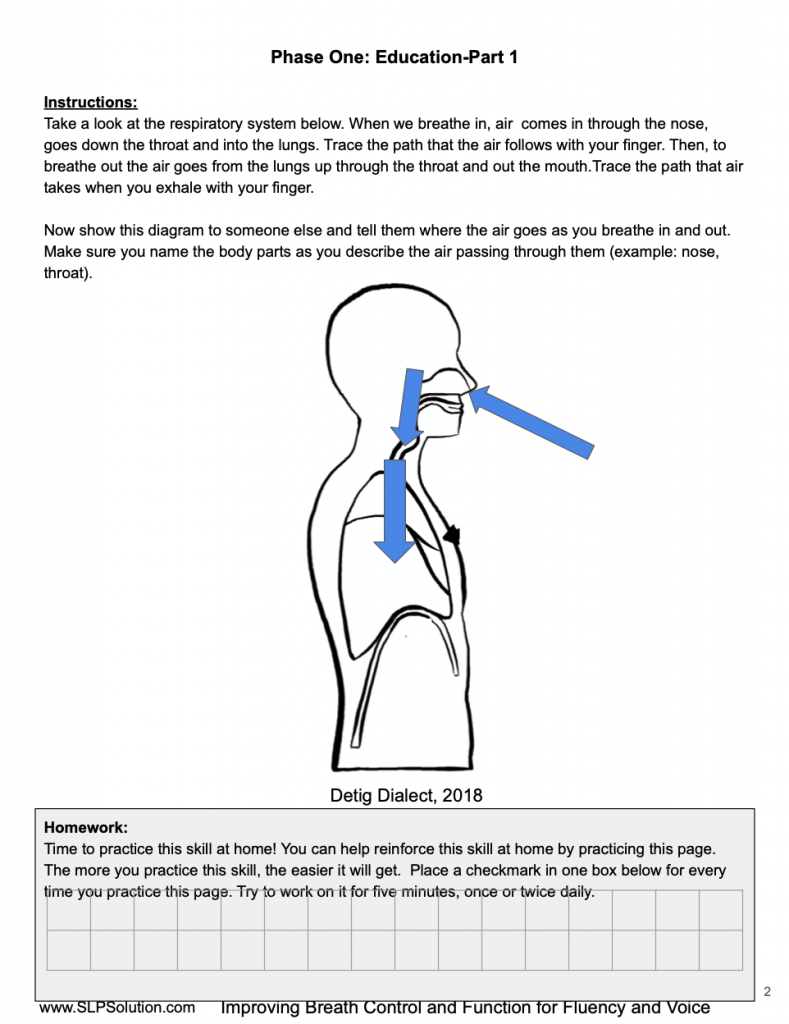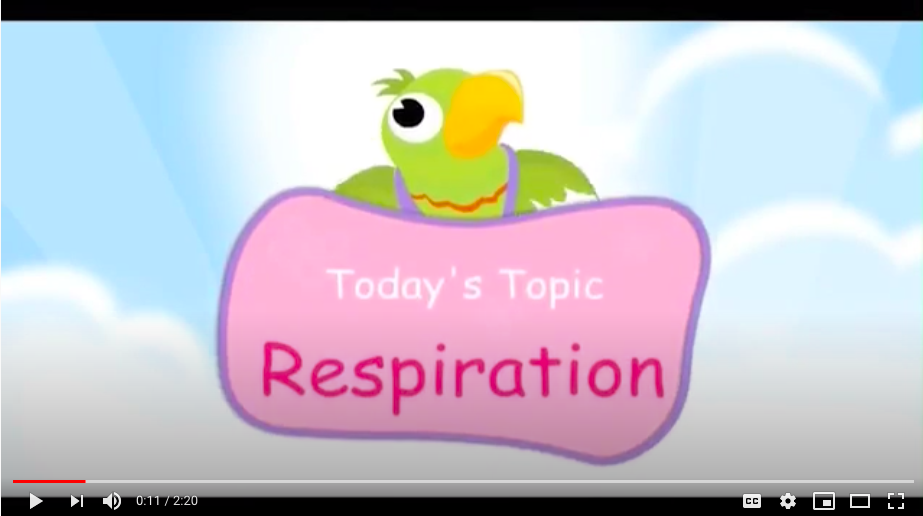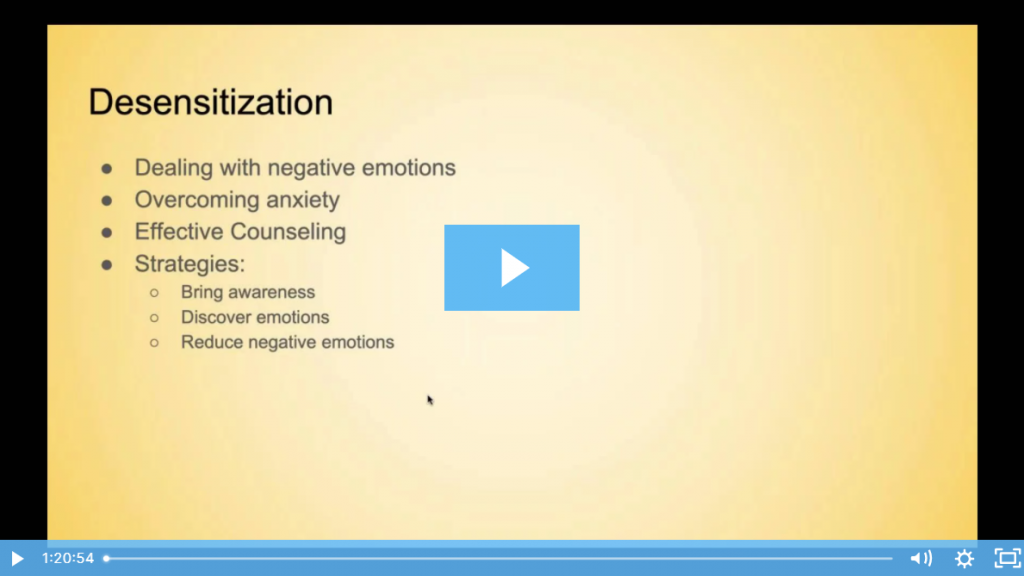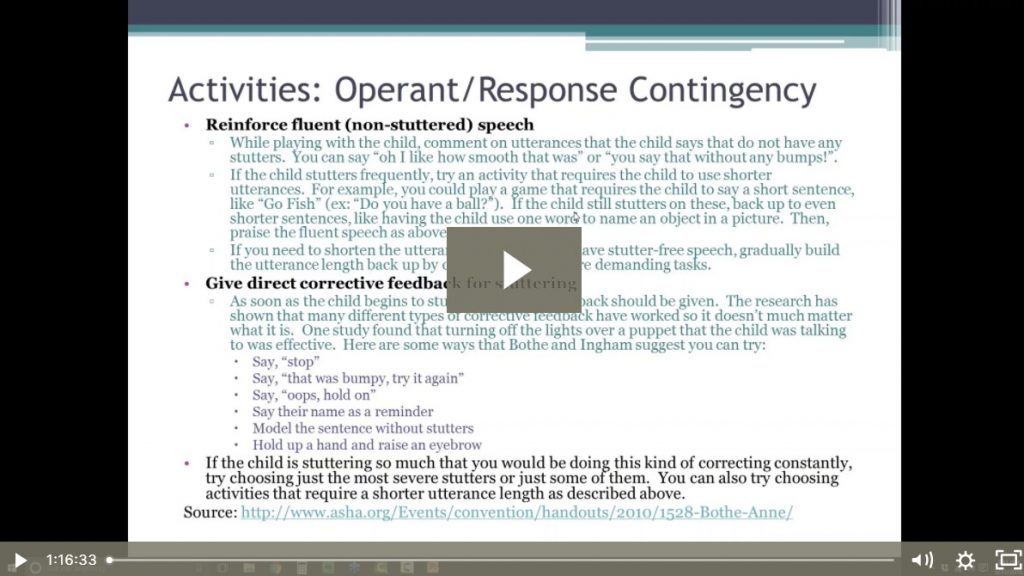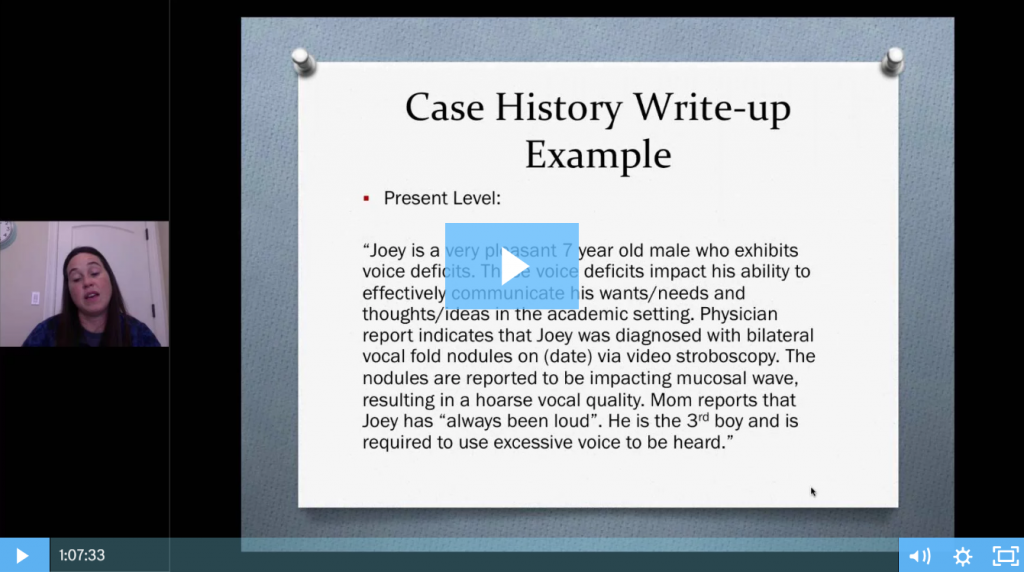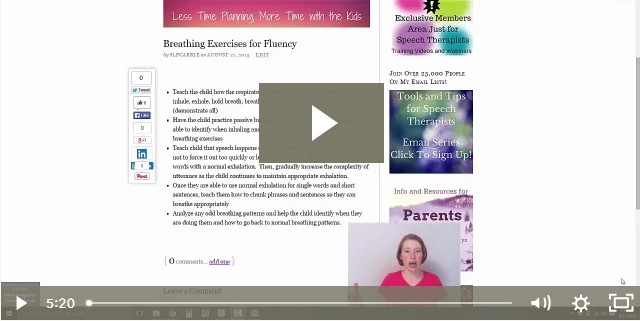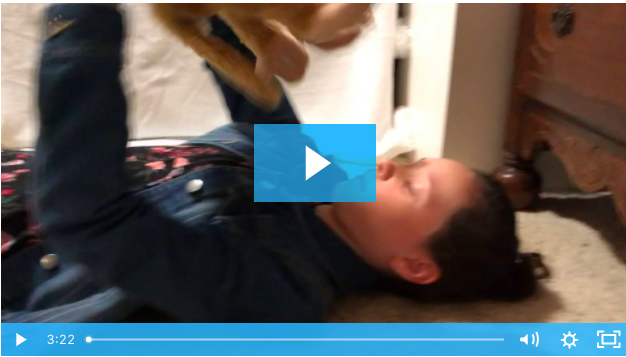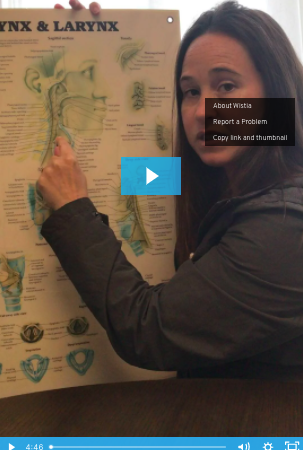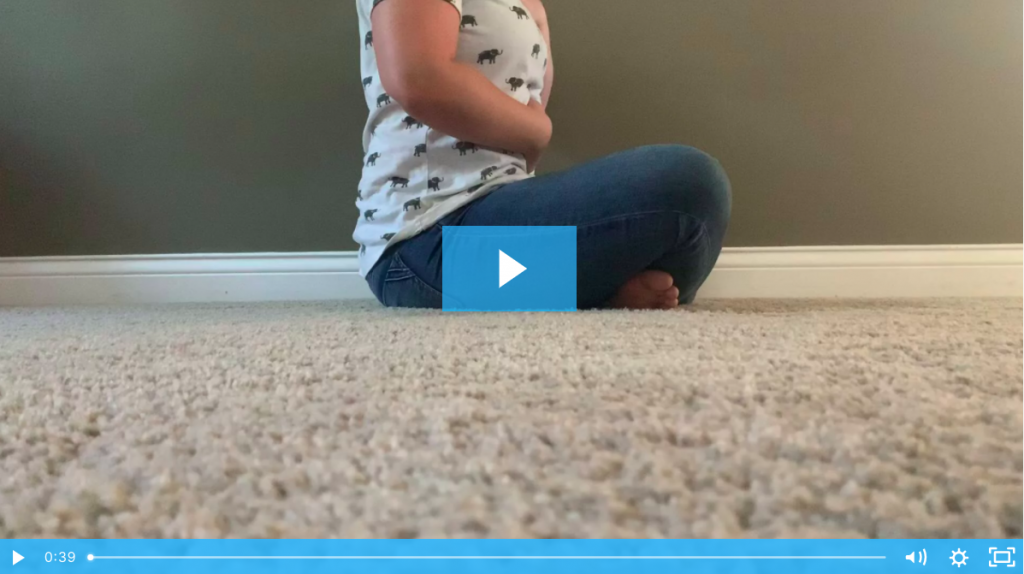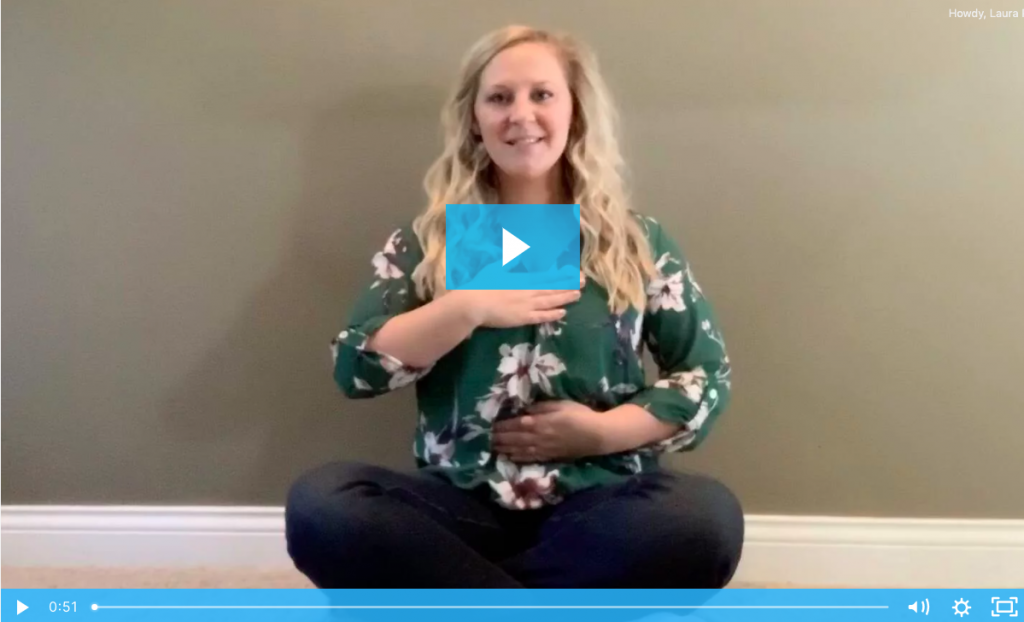Goal: Improve Breath Control and Function to Improve Fluency and Voice
Long Term-Ultimate Goal:
Client will independently demonstrate belly breaths during spontaneous conversation in all settings 85% of the time.
Download the No-Prep Therapy Kit:
We have a start-to-finish therapy kit that will give you everything you need to practice this skill in therapy and send home homework. Click the packet below to open it. Then, print it out and place it in the child’s notebook or binder.
Therapy Phases:
- Education: Client will demonstrate understanding of the respiratory system by naming where the air goes when breathing in (nose, throat, lungs) and when air goes out (lungs, throat, mouth) 100% of the time on 3 out of 4 data collection.
- Awareness: Client will identify when they (and/or SLP) are using a diaphragmatic breath (vs. clavicular/thoracic) when tidal breathing 85% of the time on 3 out of 4 opportunities.
- Breathing in Isolation: Client will independently demonstrate diaphragmatic breathing in the supine or sitting position when tidal breathing 85% of the time on 3 out of 4 data collection days.
- Adding voice to diaphragmatic breath: Client will independently demonstrate diaphragmatic breathing while voicing with sustained phonation 85% of the time on 3 out of 4 opportunities.
- Syllables: Client will demonstrate diaphragmatic breathing while saying (targeted sound) syllables with no more than 2 cues 85% of the time on 3 out of 4 opportunities.=
- Words: Client will independently say (targeted) words using diaphragmatic breathing 85% of the time on 3 out of 4 data collection days.
- Phrases: Client will independently say (targeted) phrases using diaphragmatic breathing 85% of the time on 3 out of 4 data collection days.
- Sentences: Client will say (targeted) sentences using diaphragmatic breathing and appropriate phrasing with 85% of the time with no more than 3 prompts on 3 out of 4 data collection days.
- Reading Aloud: Client will demonstrate diaphragmatic breathing when reading aloud with no more than 3 prompts 85% of the time on 3 out of 4 data collection days.
- Structured Conversation: Client will independently use diaphragmatic breathing during structured conversation 85% of the time on 3 out of 4 data collection days.
- Unstructured Conversation: Client will use diaphragmatic breathing when participating in a spontaneous conversation with no more than 3 prompts on 3 out of 4 data collection days.
Disclaimer (For Copy and Paste):
Feel free to copy and paste these sample goals into your plan but make sure you modify them to meet the individual needs of the child. This should include individualized level of cueing, such as "independently" or "with verbal prompts".

